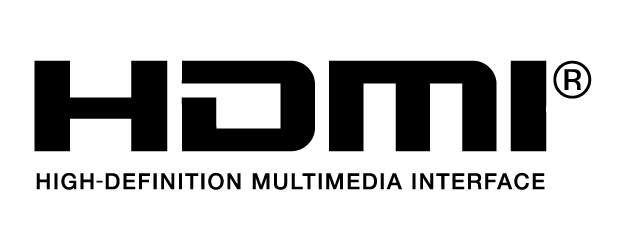ModelT740
Aircraft WeightApprox. 3,995 g (includes gimbal camera, two batteries, lens, PROSSD, and propellers)
Max Takeoff WeightApprox. 4,310 g
Hovering Accuracy RangeVertical:
±0.1 m (with vision positioning)
±0.5 m (with GNSS positioning)
±0.1 m (with RTK positioning)
Horizontal:
±0.3 m (with vision positioning)
±0.5 m (with GNSS positioning)
±0.1 m (with RTK positioning)
RTK Positioning Accuracy (RTK fix)1 cm + 1 PPM (horizontal)
1.5 cm + 1 PPM (vertical)
Max Angular VelocityPitch: 200°/s
Roll: 200°/s
Yaw: 150°/s
Max Pitch AngleN Mode: 35°
S Mode: 40°
A Mode: 35°
T Mode: 20°
Emergency Brake: 55°
Max Ascent Speed8 m/s
Measured when flying in a windless environment at sea level, with gimbal camera and lens attached to the aircraft and without other accessories. This data is for reference only.
Max Descent SpeedVertical: 8 m/s
Tilt: 10 m/s
Measured when flying in a windless environment at sea level, with gimbal camera and lens attached to the aircraft and without other accessories. This data is for reference only.
Max Horizontal Speed94 kph
Measured when flying in a windless environment at sea level, with gimbal camera and lens attached to the aircraft and without other accessories. This data is for reference only.
Max Service Ceiling Above Sea LevelStandard Propellers: 3800 m
High-Altitude Propellers: 7000 m
Measured in an environment with light wind with the gimbal camera and lens attached to the aircraft and without other accessories. This data is for reference only.
Max Wind ResistanceTakeoff/land: 12 m/s
In-flight: 14 m/s
Measured when flying at sea level, with gimbal camera and lens attached to the aircraft and without other accessories. This data is for reference only.
Max Hovering TimeApprox. 25 minutes
Measured when hovering in a windless environment at sea level with gimbal camera and lens attached to the aircraft and without other accessories, with landing gear raised, and recording 4K/24fps H.264 (S35) video until the battery reached 0%. This data is for reference only. Please refer to the actual values in the app.
Max Flight TimeApprox. 28 minutes (landing gear lowered)
Approx. 26 minutes (landing gear raised)
Measured when flying forward at a constant speed of 36 kph in a windless environment at sea level, with gimbal camera and lens attached to the aircraft and without other accessories, and recording 4K/24fps H.264 (S35) video until the battery reached 0%. This data is for reference only. Please refer to the actual values in the app.
Motor ModelDJI 3511s
Global Navigation Satellite SystemGPS + Galileo + BeiDou
Propeller ModelStandard Propellers: DJI 1671
High-Altitude Propellers: DJI 1676
Operating Temperature-20° to 40° C (-4° to 104° F)
Diagonal DistanceLanding Gear Raised: 695 mm
Landing Gear Lowered: 685 mm
Travel Mode DimensionsHeight: 176 mm
Width: 709.8 mm
Length: 500.5 mm
ClassC3 (EU)
